Silver-Infused Bedding: NASA-Approved or Marketing Hype?
Is that expensive silver-infused bedding truly a sleep revolution, or just clever marketing with a premium price tag?
Silver-infused bedding offers some antimicrobial benefits, but comes with environmental concerns and questionable health impacts. Natural alternatives like indigo provide similar benefits without the drawbacks.

If you've been scrolling through "best bedding for sensitive skin" or "antibacterial sheets," chances are silver-infused textiles popped up. Marketed as miracle fabrics that fight germs, odors, and even wrinkles (yours and the sheet's), silver bedding sounds futuristic. Some even claim NASA invented it!
So—how much of this is fact, fiction, or just clever branding?
The Claimed Benefits of Silver-Infused Bedding
What Are Silver-Infused Textiles?
These fabrics have microscopic silver particles or silver-coated threads woven into the material, designed to release silver ions that disrupt bacterial growth.

- Antimicrobial Superpowers: Yes, silver has antimicrobial properties. Studies show silver ions can disrupt the cellular processes of bacteria, fungi, and some viruses. That's why it's used in wound dressings and hospital surfaces. Bedding brands claim silver threads create a cleaner sleep environment, particularly helpful for acne-prone or immunocompromised individuals.
- Bye-Bye, Bed Odors: Odor-causing bacteria thrive in warm, humid bedding. Silver-infused textiles can slow their growth, which may help your sheets smell fresher, longer. Note: they reduce bacteria—not eliminate them.
- Fewer Washes, Longer Life: Some brands claim silver-treated sheets need fewer washes. While silver can reduce bacterial buildup, it doesn't make bedding "self-cleaning." However, reduced odor and discoloration could mean you wash less frequently, potentially extending the fabric's lifespan.
The Catch: What They Don't Tell You
Silver's Hidden Downsides
- Environmental Impact: Silver nanoparticles can leach into wastewater during production and laundering. This can harm aquatic life and disrupt ecosystems. In fact, brands like Nike and Adidas have phased out silver from sportswear due to sustainability concerns.
- Health Risks from Nanoparticles: Research on long-term exposure to silver nanoparticles is still emerging. While the EPA classifies silver as a pesticide when used for antimicrobial purposes, there's concern about nanoparticle accumulation in human tissue. Not all silver-infused fabrics are created equal—and not all are thoroughly tested.
- Silver ≠ Self-Cleaning: A common myth: "Silver sheets don't need to be washed!" That's false. Silver slows microbial growth but doesn't remove skin cells, sweat, or oils. So yes, you still need to wash your sheets regularly.
- NASA Didn't Invent This: Let's set the record straight. NASA has used silver in water purification systems and space suits, but they didn't invent silver-infused textiles for bedding. That's just clever marketing.

Some textiles don't biodegrade, are treated with harmful chemicals that pollute the environment, and can irritate your skin. Others? They're simply made from nature — clean, safe, and kind to both you and the planet.
Looking for a Better Alternative? Try Indigo.
If you're concerned about sustainability and safety, consider bedding made with natural indigo dye. AIZOME conducted an independent study confirming that indigo-dyed textiles can inhibit Staphylococcus aureus—a common skin bacteria that can trigger infections, acne, or eczema.
Why Choose Indigo Over Silver?
Natural indigo dye offers similar antimicrobial benefits but with important advantages:
- Plant-based and fully biodegradable
- Free from synthetic nanoparticles
- Centuries of proven skin-friendliness
- Zero chemical runoff into waterways
100% of AIZOME's textiles are made using only plants, water, and minerals—no synthetic chemicals, no microplastics, and zero greenwashing.

Final Thoughts: Don't Sleep on the Details
Silver-infused bedding might sound space-age, but it's not always what it seems. While it offers certain benefits, its environmental footprint and unanswered health questions make it worth a second thought.
Want bedding that's actually better for your skin—and the planet? Check out AIZOME's naturally antimicrobial bedding, powered by plants, not particles.


About AIZOME
AIZOME was founded by Misa and Michel, a Japanese-German couple moved by a deeply personal experience: Michel's mother developed painful skin reactions during chemotherapy from conventional textiles. That sparked a question: "What am I really putting on my skin?"
Troubled by the use of synthetic dyes in intimate textiles, they created AIZOME — radically clean, plant-dyed fabrics rooted in Japanese craftsmanship, science, and care.
Founded in 2017, AIZOME has since received multiple awards for its innovation in healthcare, sustainability, and design.

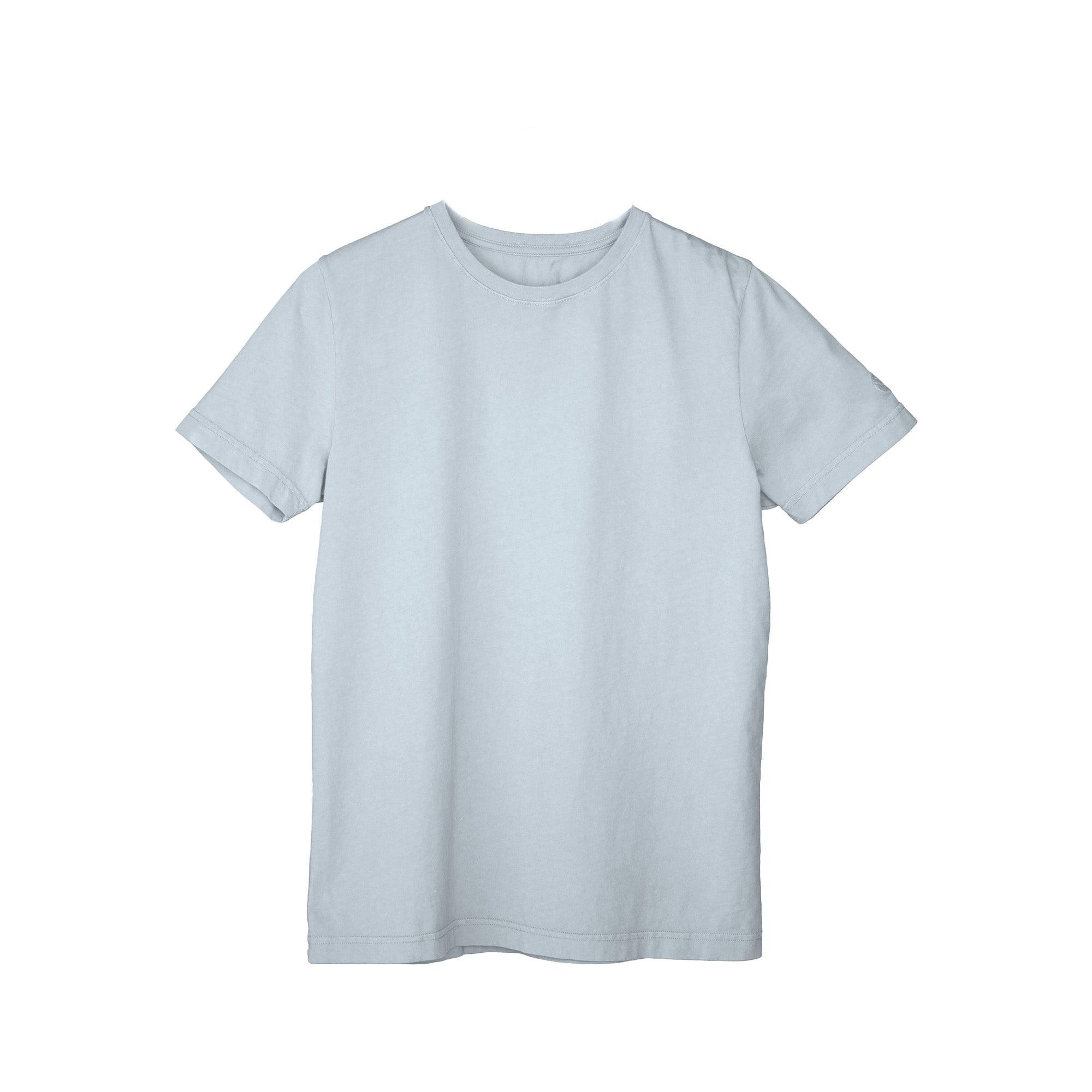

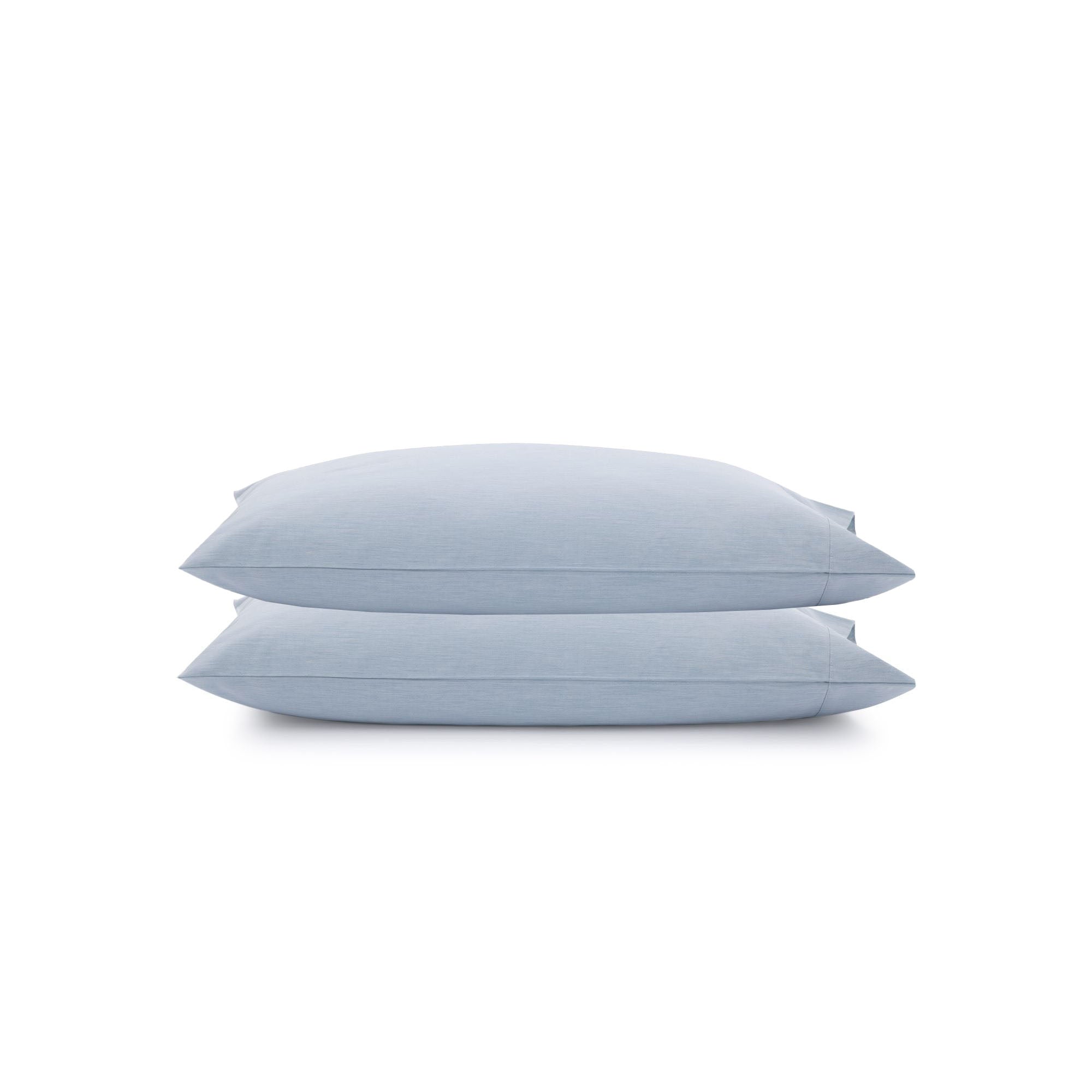
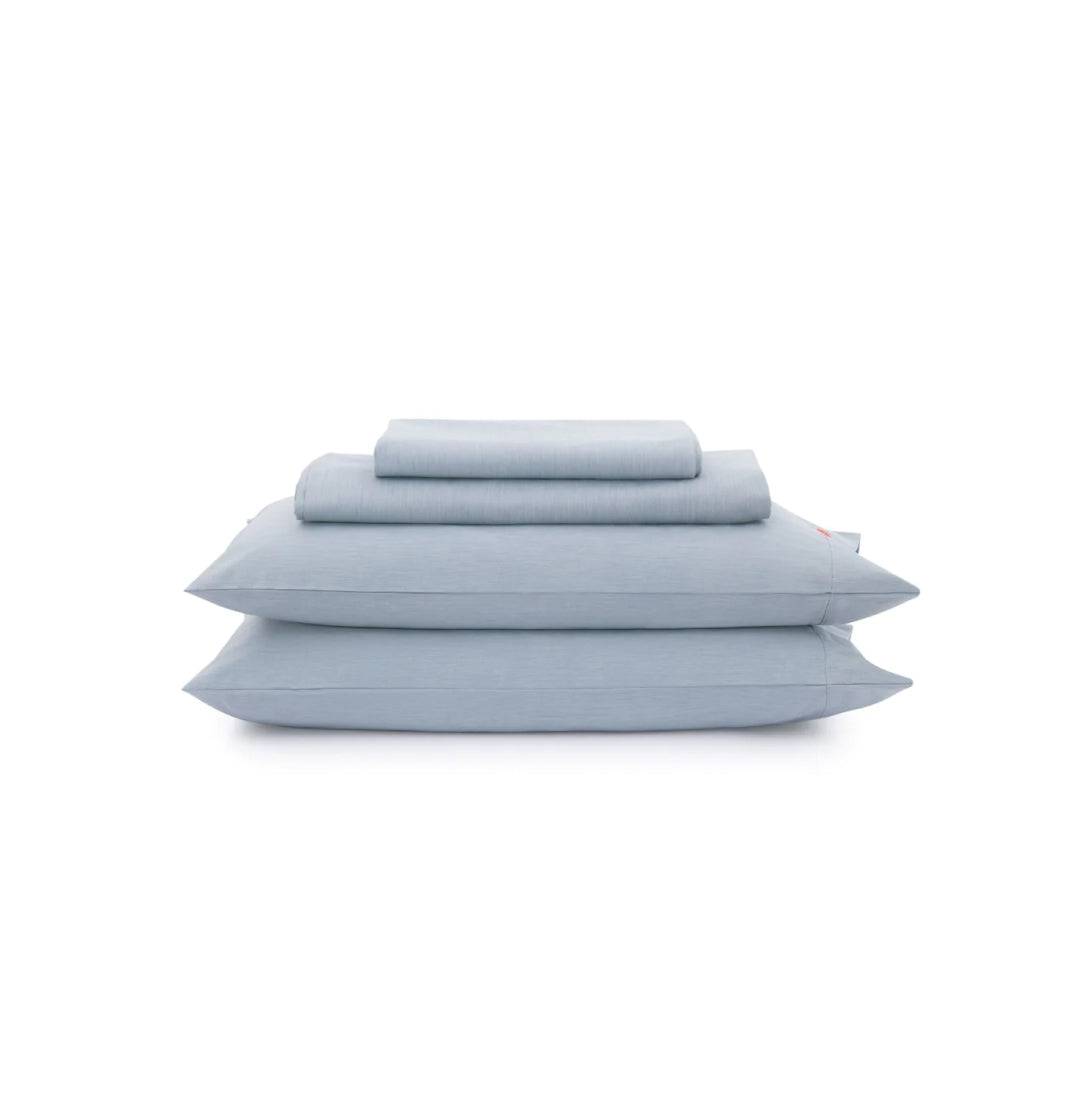
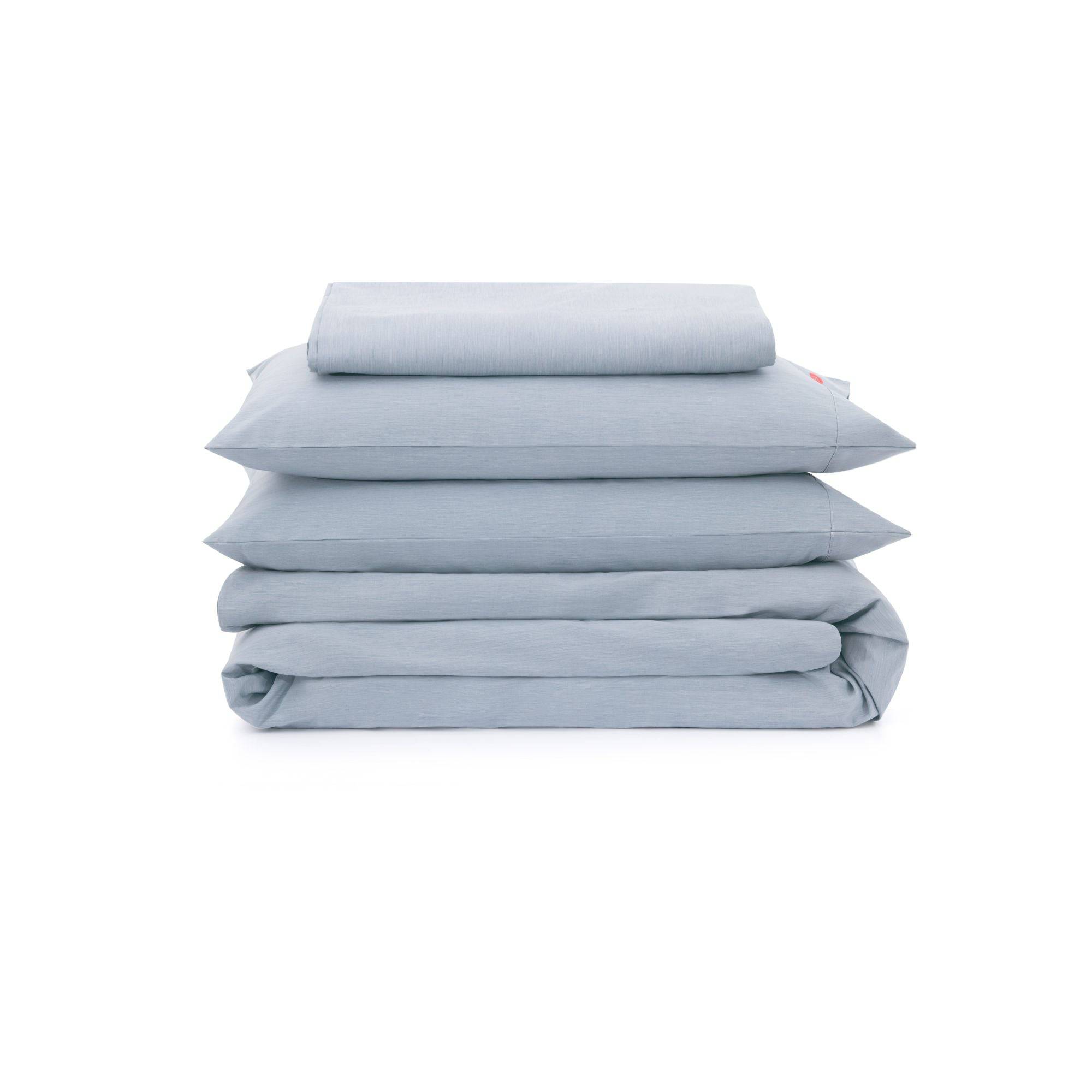
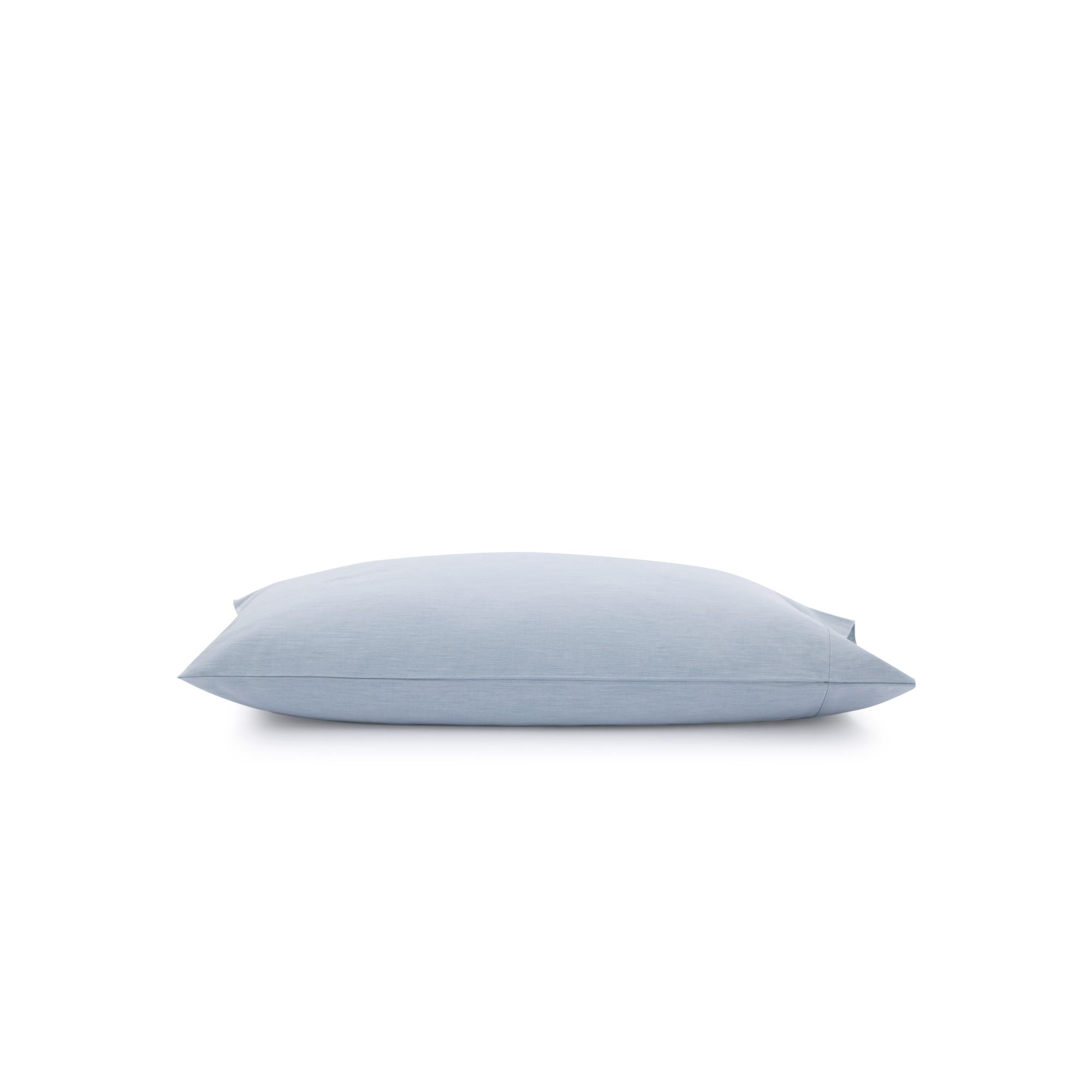
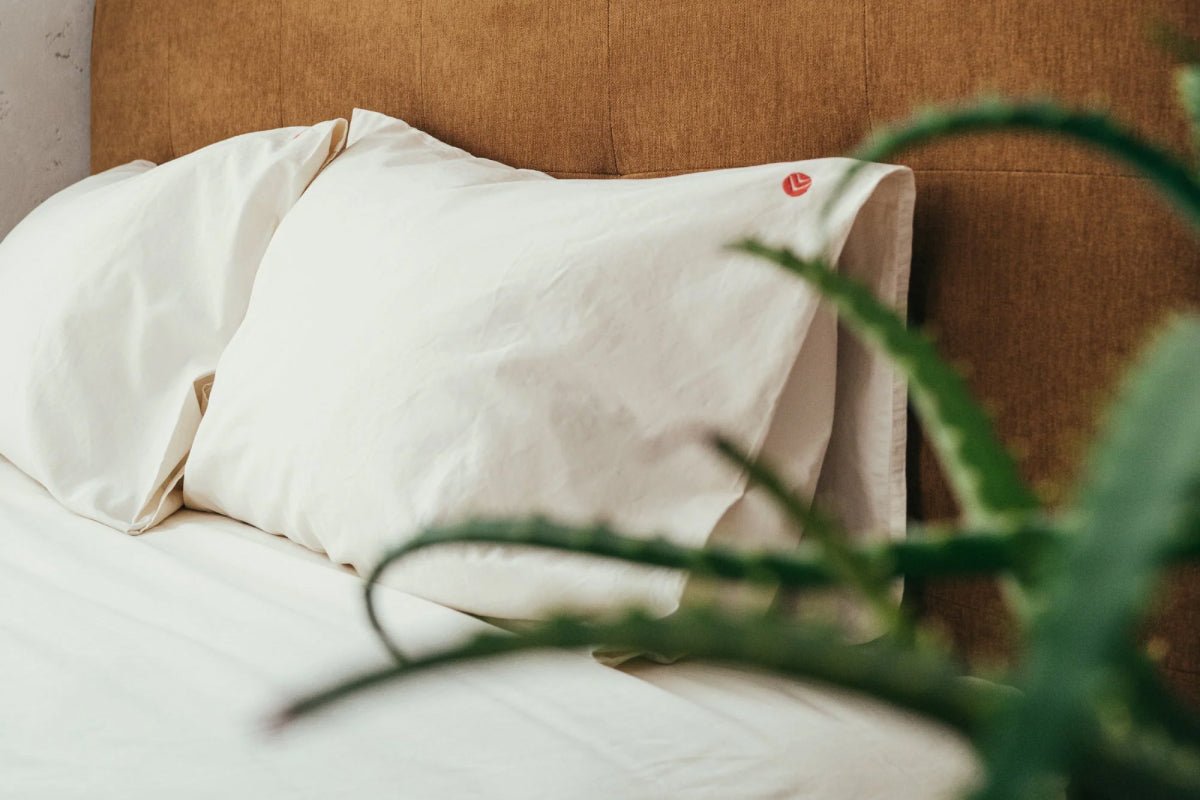 Bedding
Bedding
 Clothing & Accessories
Clothing & Accessories
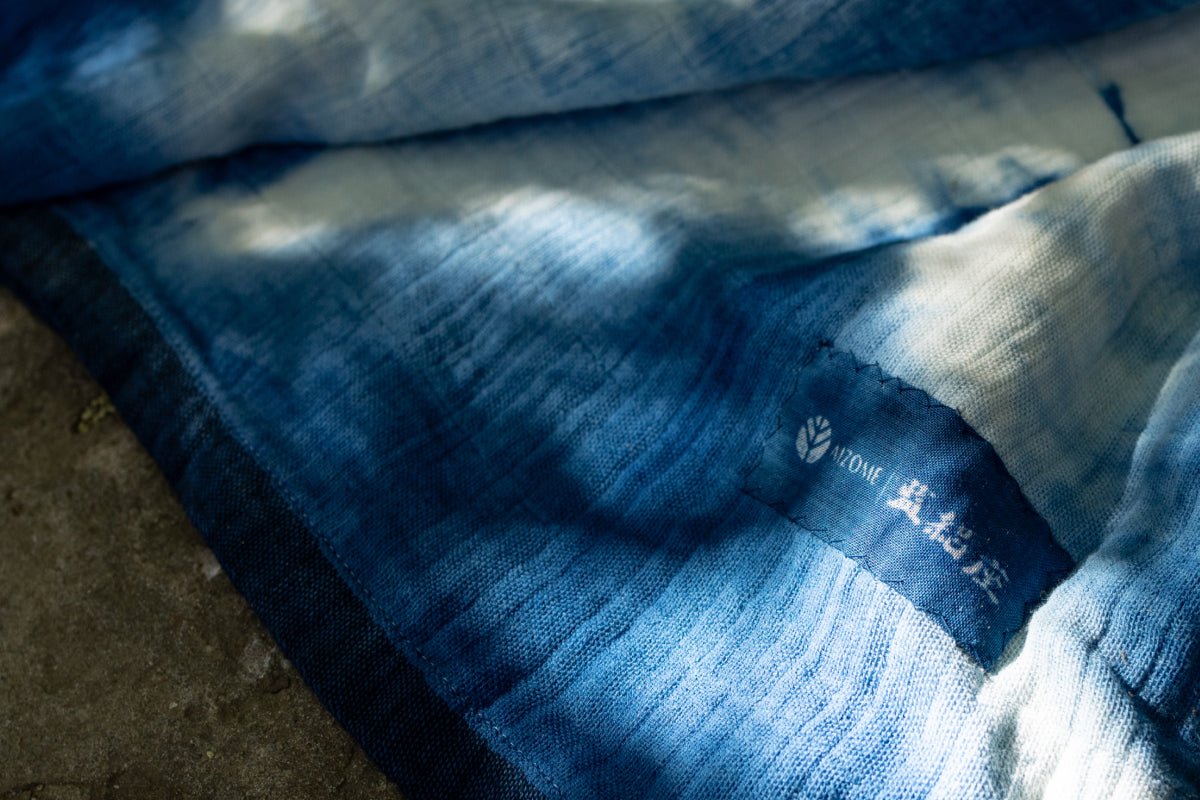 Artisan Line
Artisan Line
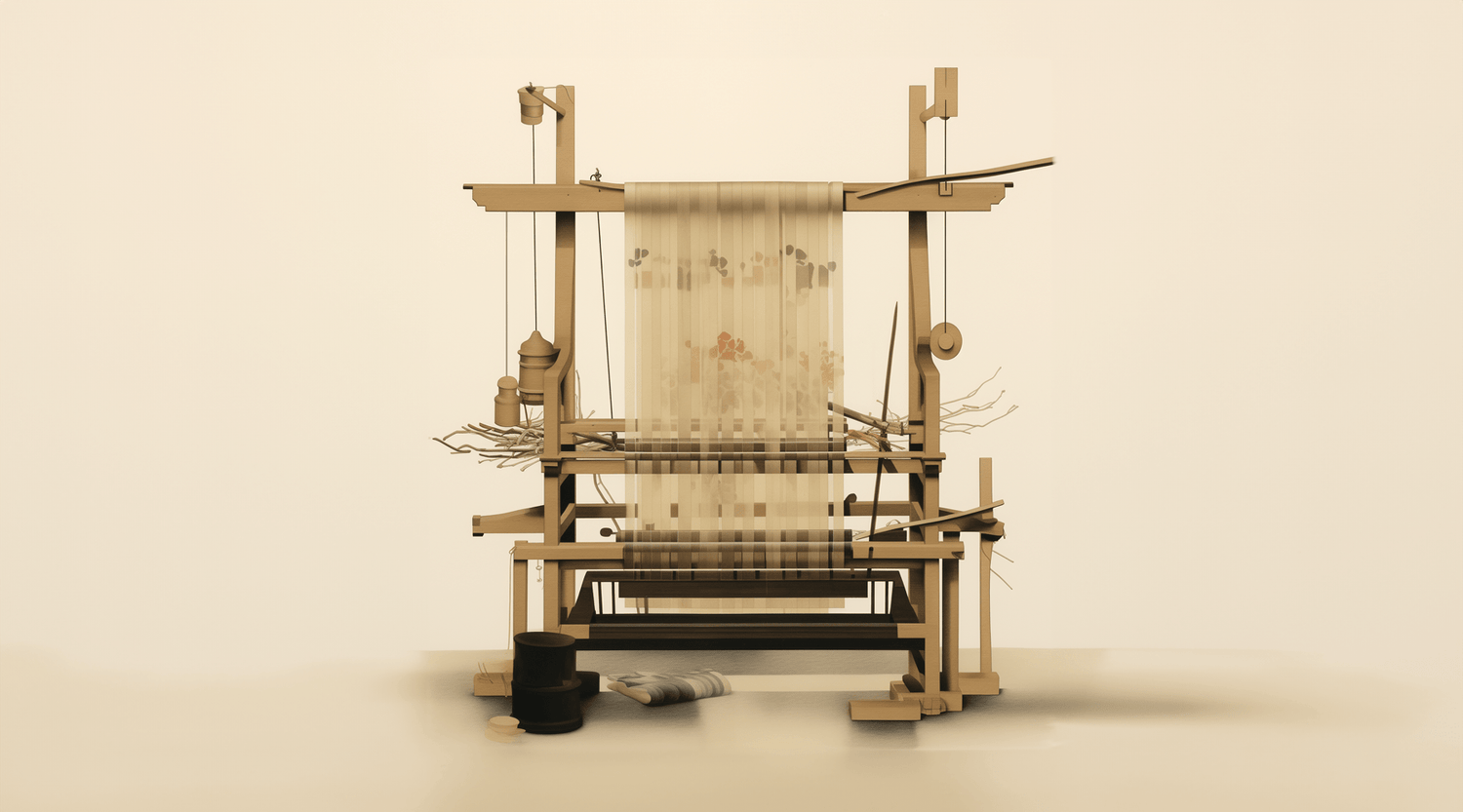


Leave a comment
All comments are moderated before being published.
This site is protected by hCaptcha and the hCaptcha Privacy Policy and Terms of Service apply.